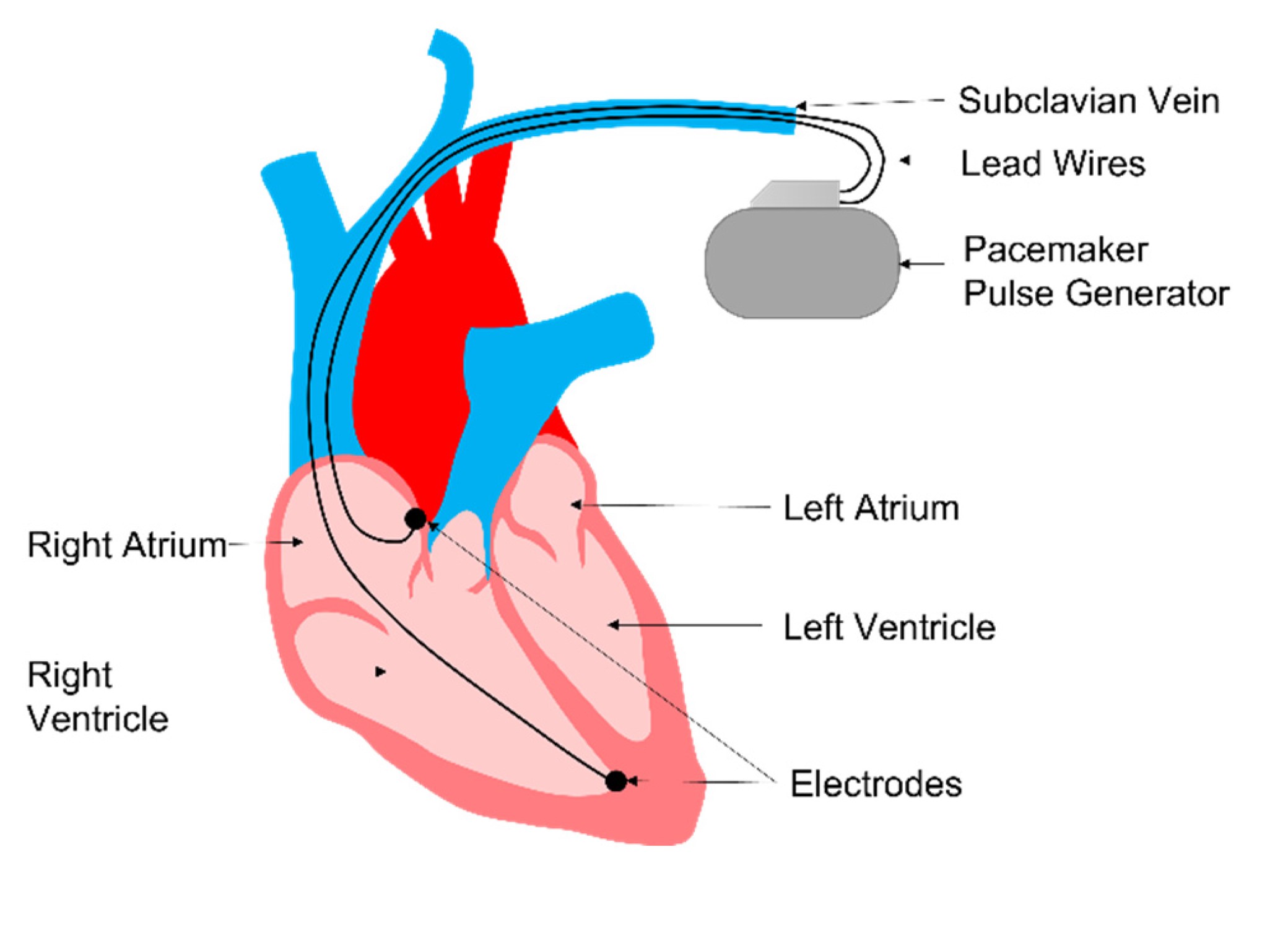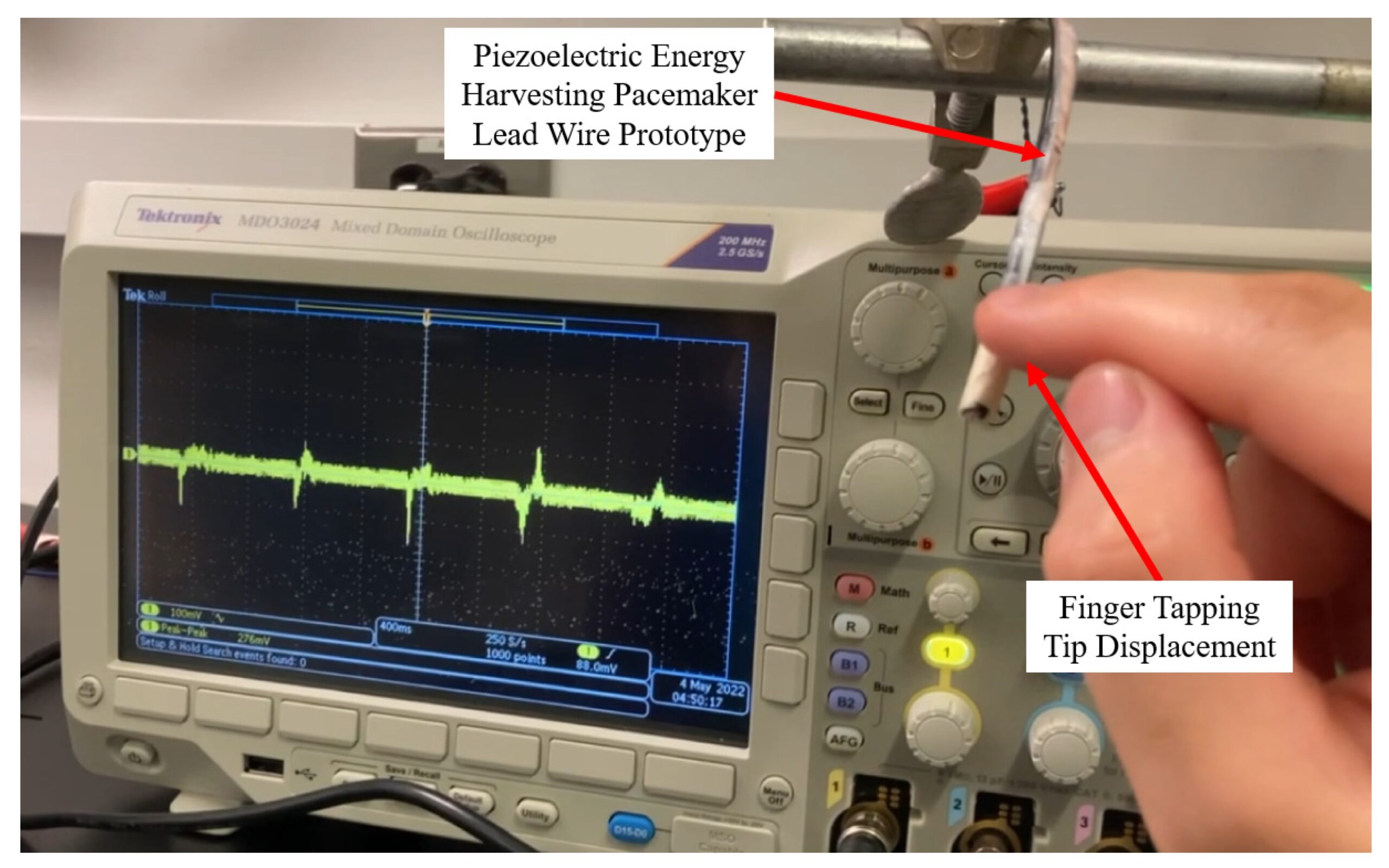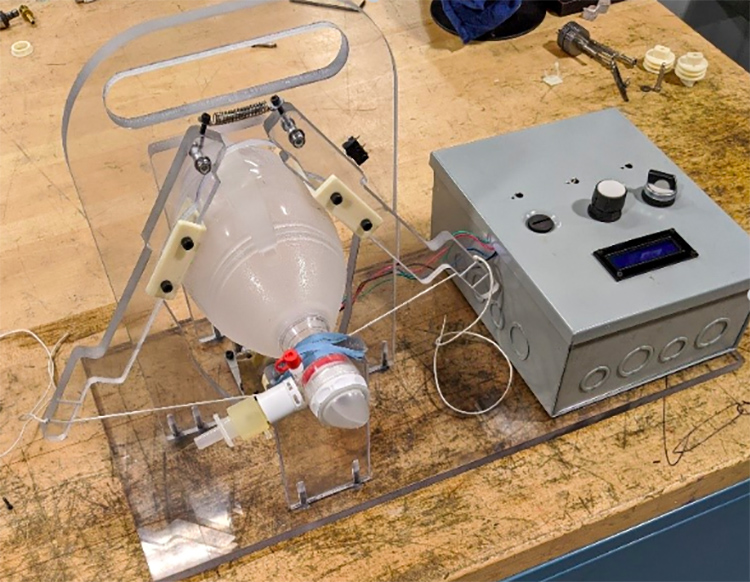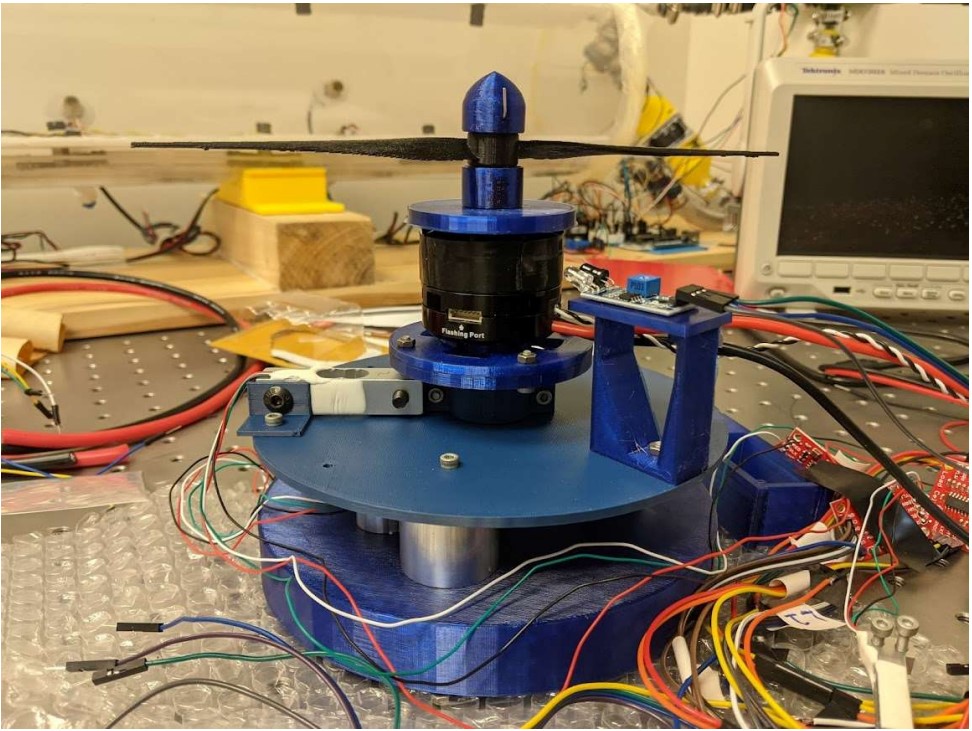MEng Multidisciplinary Projects
The University of Toronto MEng Multidisciplinary Project (MMP) offers UofT MEng students the opportunity to apply their knowledge and skills to address technical research challenges for practical engineering projects of a multidisciplinary nature. This course also aims to provide exposure of all internal/external clients (e.g. research centres/labs, companies and external partners, etc.) as well as faculty members on the capabilities and potential of the University of Toronto Institute for Multidisciplinary Design and Innovation (UT-IMDI) to perform multidisciplinary projects at the graduate level, to satisfy the client’s business and research needs. UT-IMDI seeks to create an environment in which students of all Engineering disciplines collaborate to meet and address the specified needs of the client. UT-IMDI aids in the promotion and facilitation of these multidisciplinary projects.
This course also aims to provide the visibility and recognition to all internal/external clients (e.g. research centres/labs, companies and external partners, etc.) as well as faculty members on the capabilities and potential of the UT-IMDI to perform multidisciplinary projects at the graduate-level to satisfy the client’s business and research needs.
Project Highlights
Piezoelectric Energy Harvesters for Biomedical Applications


Pacemaker Lead Wire Testing
Description
Piezoelectric energy harvesters are devices that convert mechanical vibrations into electrical energy. In biomedical applications, piezoelectric energy harvesters can be used to generate electricity from the movements of the human body, such as the heartbeat, breathing, and muscle contractions. This technology has the potential to power medical devices and sensors, reducing the need for batteries or external power sources. One major benefit of piezoelectric energy harvesters for biomedical applications is their ability to operate in a small form factor, making them suitable for use in implantable medical devices. Additionally, they can provide a reliable power source that does not require frequent replacement or maintenance.
Impact
- Can generate electricity from the mechanical movements of the human body, such as the heartbeat, breathing, and muscle contractions
- Suitable for use in implantable medical devices due to their small form factor
- Can provide a reliable and renewable source of power that does not require frequent replacement or maintenance
- Can potentially reduce the need for batteries or external power sources in medical devices and sensors, reducing healthcare costs and improving patient outcomes
- Promising results have been demonstrated in various biomedical applications, including pacemakers, hearing aids, and implantable glucose sensors
- Could potentially revolutionize the field of prosthetics by eliminating the need for batteries and reducing the weight and size of prosthetic devices.
Emergency Use Ventilators for COVID-19
Description
Emergency use ventilators are medical devices used to provide respiratory support to patients who are unable to breathe on their own. They are designed for use in emergency situations, such as during a pandemic or natural disaster, when there is a surge in demand for ventilators and traditional models may not be readily available. Emergency use ventilators can be designed and manufactured quickly and inexpensively, making them a valuable option for low-resource settings or in emergency situations. These devices typically use a simplified design that can be operated by non-specialized personnel, such as medical students or community health workers, increasing their usability and accessibility.
Impact
- Emergency use ventilators can help to save lives by providing respiratory support to patients who are unable to breathe on their own, such as those with COVID-19.
- Can help to alleviate the strain on healthcare systems by providing additional respiratory support during a surge in demand.
- Can be designed and manufactured quickly and inexpensively
- Can be operated by non-specialized personnel
- May not have all of the advanced features of traditional ventilators, but can still provide life-saving support in emergency situations.
- A temporary solution until a patient can be transferred to a hospital with more advanced respiratory support capabilities

The prototype of the HALO ventilator system.
Drone Propellor Design and Optimization

Experimental Test Rig with a Single Propeller
Description
Drone propellers are a critical component of unmanned aerial vehicles (UAVs) that play a key role in determining their performance, stability, and efficiency. To optimize drone propeller design, several factors must be taken into consideration such as blade count, pitch angle, blade shape and size, material and assembly (foldability and detachability). Optimizing drone propeller design can help to improve the performance and efficiency of UAVs. This includes improving the lift-to-drag ratio, reducing vibration and noise, and maximizing the lift capacity while minimizing power consumption. By carefully considering the factors above, drone propeller design can be optimized to improve the overall performance and efficiency of the UAV.
Impact
- UAV propeller design has a significant impact on the performance and efficiency of UAVs.
- Optimized propeller design can improve flight time, stability, and lift capacity, as well as reduce noise and vibration.
- UAVs are increasingly being used for applications such as search and rescue, disaster response, and agricultural monitoring, where they can provide critical data and support.
- The use of UAVs has the potential to reduce costs and risks associated with certain types of operations, such as inspections of power lines and pipelines.
